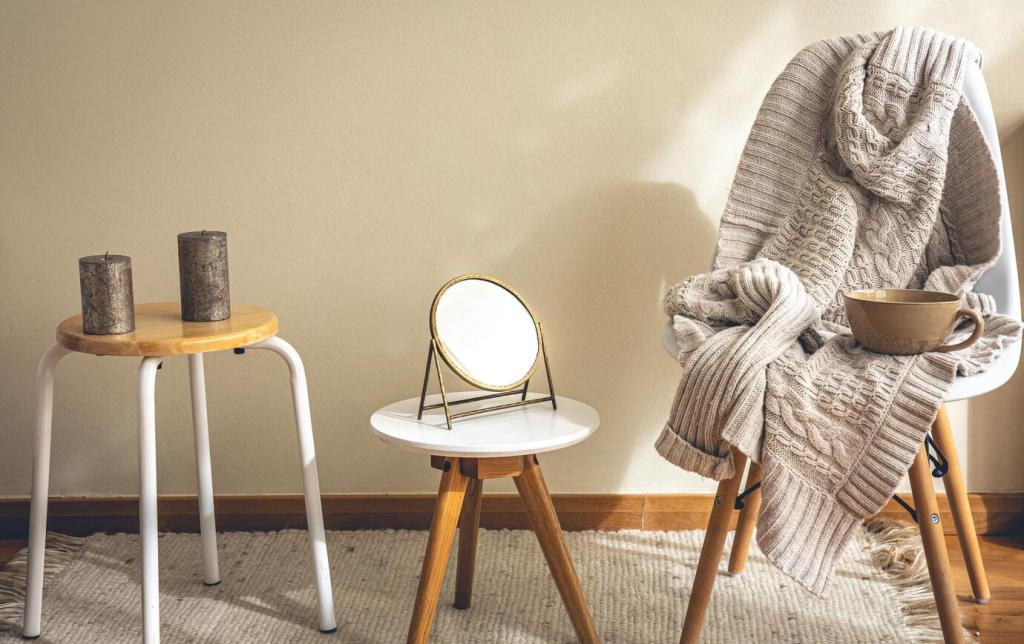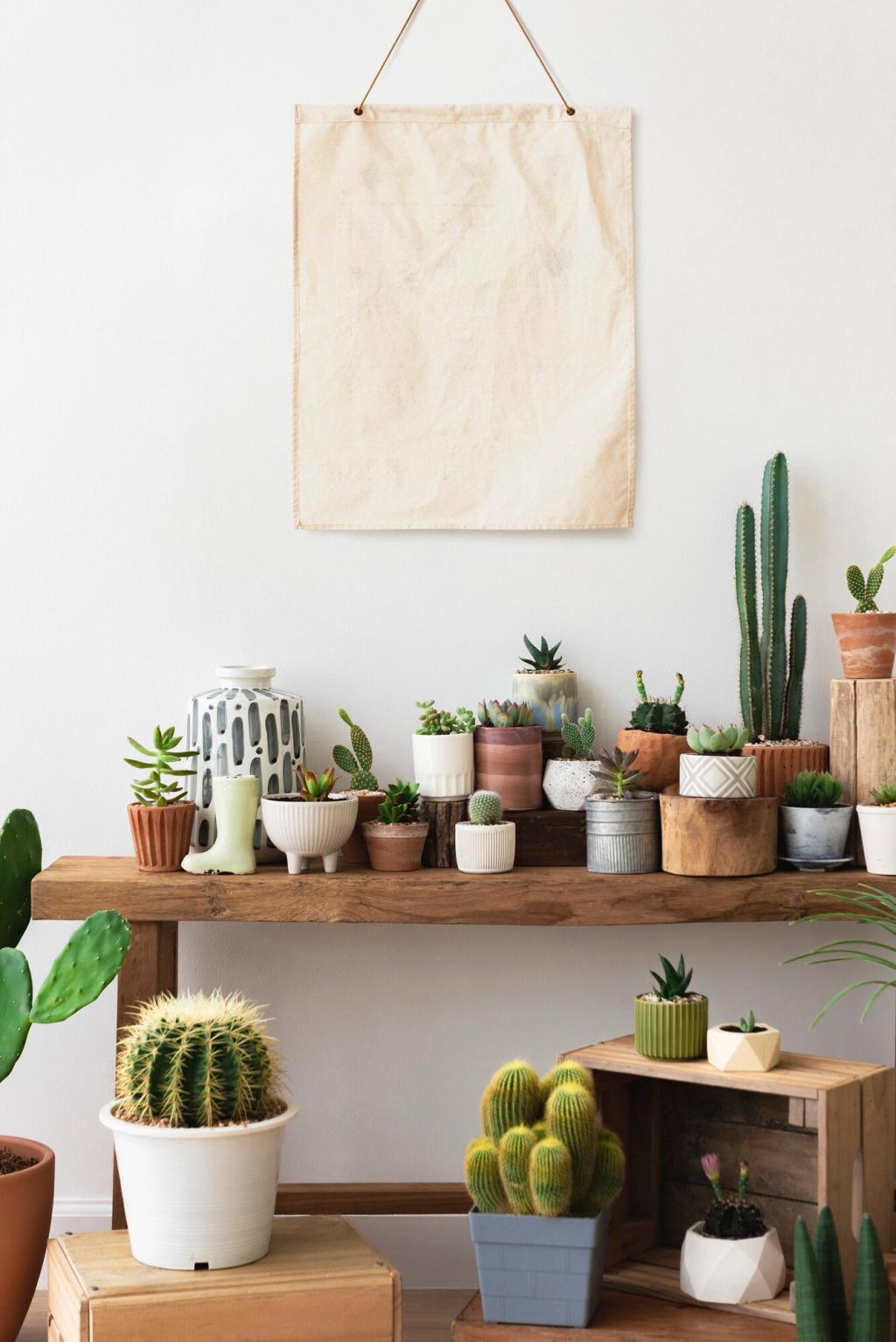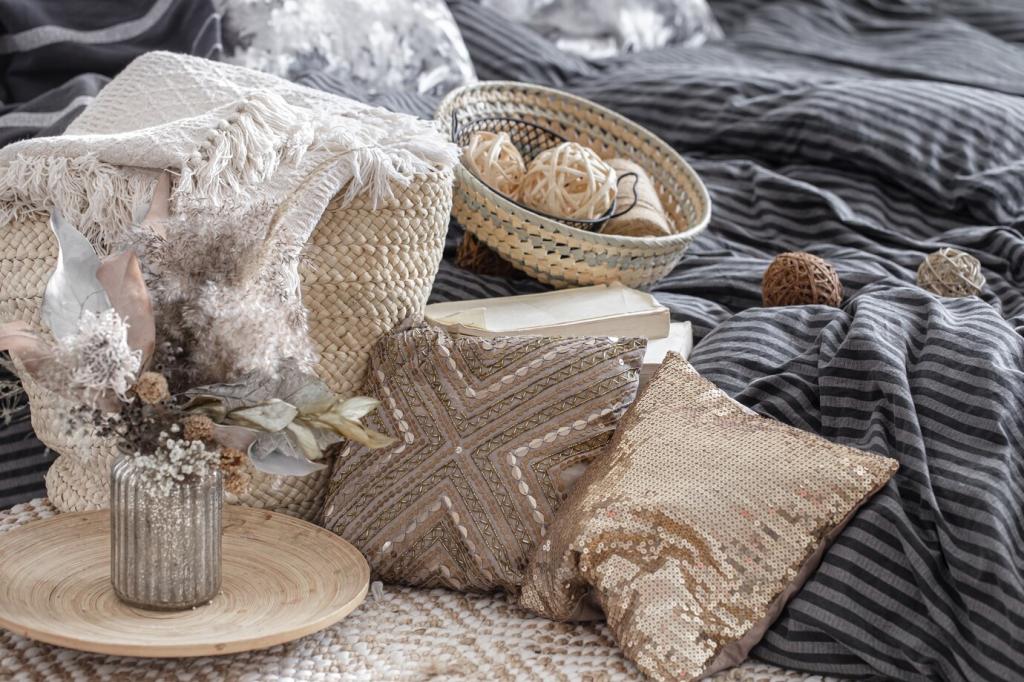Sustainable Furniture Design Trends: Beautiful, Durable, Responsible
Why Sustainable Furniture Design Trends Matter Now
Healthier homes, happier routines
Low-VOC finishes, natural fibers, and formaldehyde-free substrates are increasingly standard in sustainable furniture design trends. The result is cleaner air, fewer headaches, and spaces that feel calm without that new-furniture chemical tang. Tell us how indoor air quality shapes your choices.
Durability beats disposable culture
Trends now prize repairable joinery, replaceable parts, and timeless silhouettes over fast, fragile styles. When a leg loosens or a cover fades, you fix it, not bin it. Comment with your longest-lasting piece and why you still love it.
A small studio’s big switch
One Brooklyn maker told us that swapping to reclaimed ash and water-based lacquer didn’t slow them down—it sped up sales. Customers loved the story etched into nail holes and sap lines. If this resonates, subscribe for more maker spotlights.
Circular Design and Easy Disassembly
01
Standard hardware, smarter assembly
Instead of glue-heavy joints, many designers specify standardized fasteners and visible fixings. That way, a stripped screw is a two-minute swap, not a landfill sentence. Would you try assembling a piece designed for a lifetime of repairs?
02
Modular pieces that evolve with you
Think sofas with zip-off covers, replaceable cushion inserts, and add-on sections for changing rooms. Modularity keeps furniture relevant as life shifts. Share a room challenge we can solve with modular, sustainable ideas in our next post.
03
A bookshelf that moved five times
A reader wrote about a flat-pack bookcase with labeled fasteners and a repair kit. After five apartments, it still stands firm, thanks to simple brackets and spare dowels. Join the thread with your best moving-day furniture survival tip.
Material Spotlight: Reclaimed, Fast-Growing, and Bio-Based
Reclaimed wood with stories built in
Barn beams, gym floors, and old shipping crates yield dense, stable boards with a patina you cannot fake. Check for embedded nails and ask about kiln-drying. Tell us your favorite reclaimed find—we might feature it with photos.


Fast-growing heroes: bamboo, cork, and more
Bamboo panels, cork veneers, and agricultural fibers like kenaf offer strength with speedy renewability. Look for responsibly managed sources and certifications. Which fast-growing material would you trust for a dining tabletop, and why?
Finishes and Adhesives: Clean, Low-Impact, Long-Lasting
Plant oils and waxes that age gracefully
Hardwax oils and plant-based finishes penetrate, protect, and let wood breathe. They develop a gentle patina you can refresh at home. Want a simple maintenance ritual? Subscribe for our seasonal care checklist and video demo.
Water-based coatings with pro-level performance
Modern waterborne lacquers rival solvent finishes in clarity and toughness, with far less odor. Pay attention to curing times and light sanding between coats. Share your finishing wins or mishaps—we all learn faster together.
Adhesives and boards that play nice
Look for formaldehyde-compliant substrates and low-VOC glues. Many shops now choose soy-based adhesives for veneers. Ask makers for documentation, and tell us what labels or certifications give you confidence when buying.
Local Craft and Transparent Supply Chains

FSC chain-of-custody documents, EPDs, and QR-traceable batches help verify origin and impacts. Transparency builds trust and keeps forests standing. Would a scannable material passport influence your purchase? Tell us below.
Digital Fabrication and Waste-Smart Production
Designers now publish models that auto-scale replacement shelves or brackets. Break a part? Print or cut another. Interested in open-source furniture files? Comment “send files” and we’ll round up beginner-friendly options.
Digital Fabrication and Waste-Smart Production
Optimized toolpaths minimize scrap, and offcuts become coasters, drawer dividers, or jigs. Waste becomes useful inventory. Share your clever offcut projects; we’ll feature the best in our newsletter gallery.


Aesthetic Trends: Quiet, Timeless, Repair-Friendly
Exposed tenons, butterfly keys, and mechanical fasteners signal strength and serviceability. A visible fix can be a beautiful, proud detail. Would you display a repair as a design feature? Tell us your philosophy.

Community Action: Take-Backs, Rentals, and Care Culture
Brands are piloting programs to collect, reupholster, and resell used items with transparent grading. It keeps value alive and waste low. Would you buy certified-refurbished furniture? Vote in the comments and tell us why.
Students, movers, and frequent relocators love flexible rentals. Clear sanitation protocols, repair kits, and upgrade paths prevent churn and trash. What would convince you to try rental instead of buying new?
Monthly oiling, seasonal tightening, and community patch kits turn maintenance into pride. Share your care checklists and tag us with before-and-after photos. Subscribe for printable guides and workshop invites.
